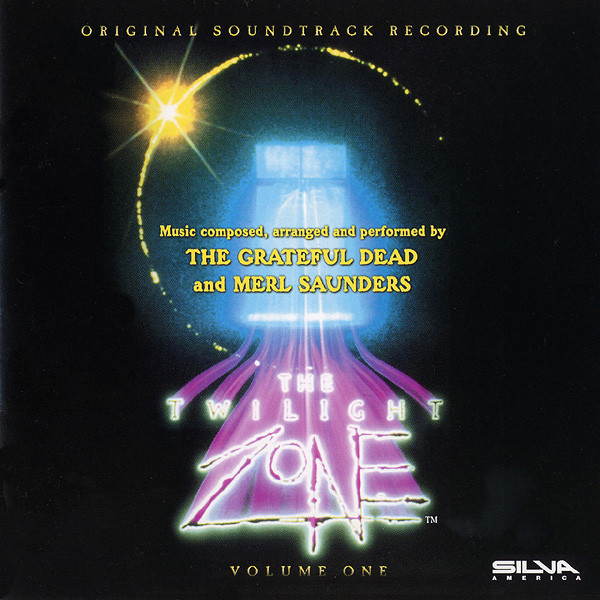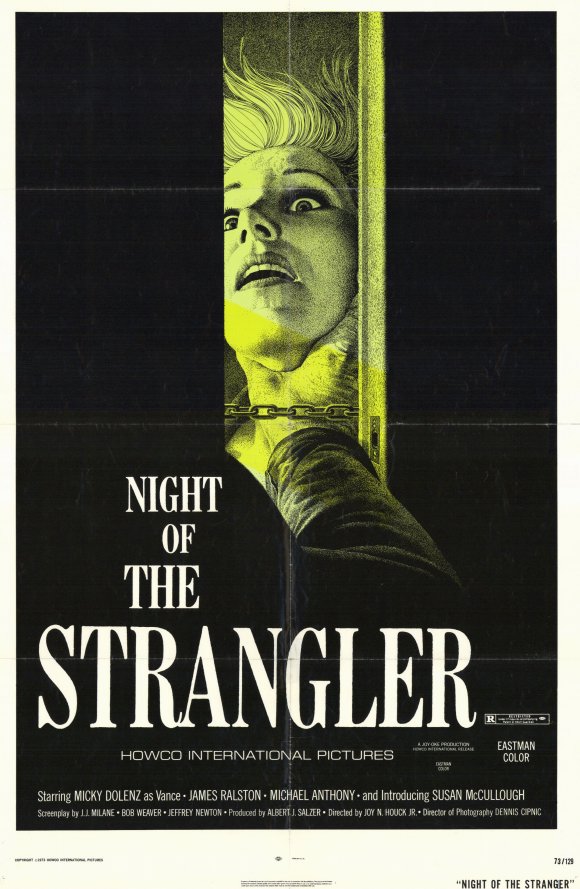
The Defence and Security Equipment International (DSEI) conference took place last week in the Docklands in eastern London, and the event featured a creepy, unauthorized cameo by an unexpected star from the world of music. The event draws roughly 1,500 exhibitors from the world representing the world of, ahem, “global defence and security”—in other words, it’s the world’s biggest arms fair, and military delegations from Saudi Arabia, Bahrain, and Pakistan showed up to do a little window-shopping for rocket launchers and the like. While the DSEI tries to keep a low profile in the media, it did not succeed in that goal, as more than 100 people were arrested for protesting the event.
An artist named Darren Cullen spotted the jarring visage of Aladdin Sane-era David Bowie peeking out from one of the displays and posted a picture to Twitter:
UK pavilion at #DSEI seems to include a photo of David Bowie to help advertise killing machines. Not sure he'd be down with this. #stopDSEI pic.twitter.com/DDW1PN5ciz
— Darren Cullen (@darren_cullen) September 11, 2017
It’s a little bit hard to make out; here’s a blown-up version of the image:

The company that decided to incorporate Aladdin Sane into its display is the Cheshire-based firm Edgar Brothers, which has been in business for 70 years (note the 70th anniversary logo in the stand, at upper left). It touts itself as “one of the oldest, most well established importers and wholesalers of firearms, ammunition and associated products in the UK and Northern Ireland.” The photographer of the original image was Brian Duffy, who passed away in 2010. According to the Newham Recorder, “A spokeswoman for the Duffy Archive confirmed the photo had not been approved and that the stand had been removed on their request.”
Cullen has artwork on display at an art exhibition protesting the arms convention. Here’s Cullen’s account of spotting the image:
I was checking Instagram to see if any of the DSEI contractors were posting about being behind schedule due to the Stop the Arms Fair blockades and I saw this photo of the UK arms trade pavilion with a giant picture of David Bowie. It really stuck out to have someone like Bowie featured among this festival of violence, and just in really bad taste considering his own recent death.
[...]
I got in touch with the rights-holder of the photograph, the estate of the photographer Duffy, and just hoped to hell they hadn’t given permission for these bastards to use his image. They got back to me the next morning thanking me for bringing it to their attention and saying they had definitely not given permission and they’d been frantically trying to have the photo removed. The Duffy Archive were really on top of it, full credit to them. They finally got hold of a director at Edgar Brothers and the display was taken down straight away due to their complaint. As far as I know, they’re still in discussions as to what the next steps are. I hope the Duffy Archive hammer them for it.
One endeavors to imagine the conversation that preceded the construction of the stand:
Arms Dealer A: This display is a little bleak. We should make it more about “hope” somehow.
Arms Dealer B: I know! Let’s put in John Lennon! Everybody loves him.
Arms Dealer A: Eeesh, I don’t know. The “Imagine” guy? That might be a little much with him getting shot and all…
Arms Dealer B: How about ... David Bowie then? He died… normal.
Arms Dealer A: I like it. Let’s dance!
Andrew Smith of Campaign Against Arms Trade amusingly reminded Bowie fans that the rock star would not have endorsed the activities of Edgar Brothers:
DSEI and the UK government may be experts at pushing arms exports, but when it comes to David Bowie they are absolute beginners. The real heroes were protesting outside DSEI, while the scary monsters and super creeps were inside. We need to do all we can to keep the arms fair under pressure.
More after the jump…








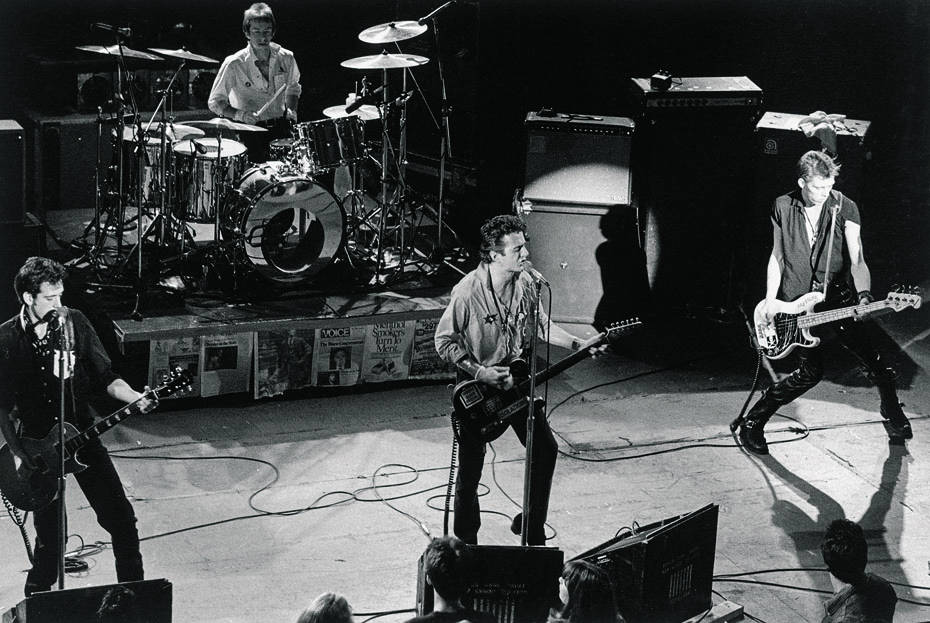

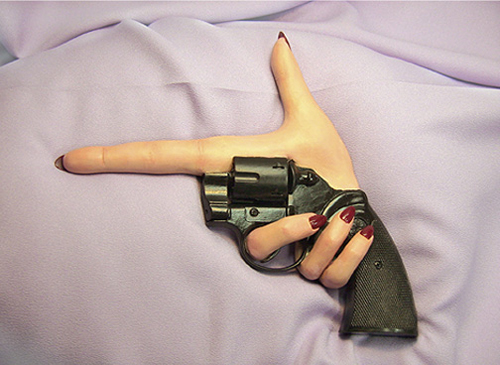
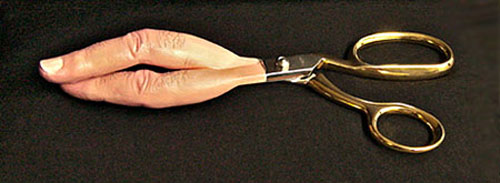




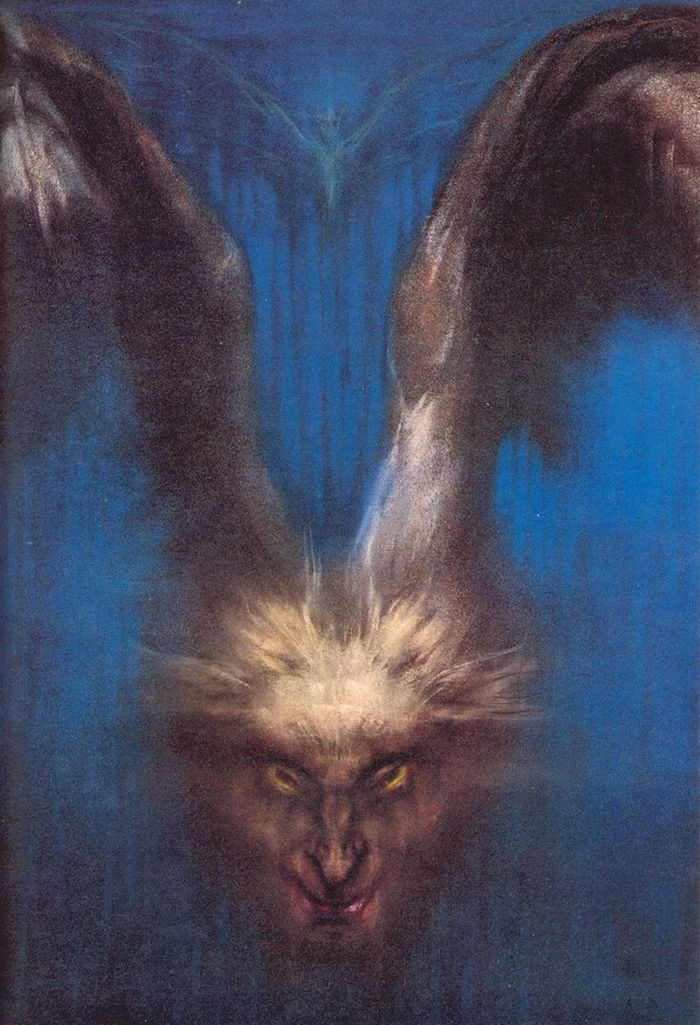

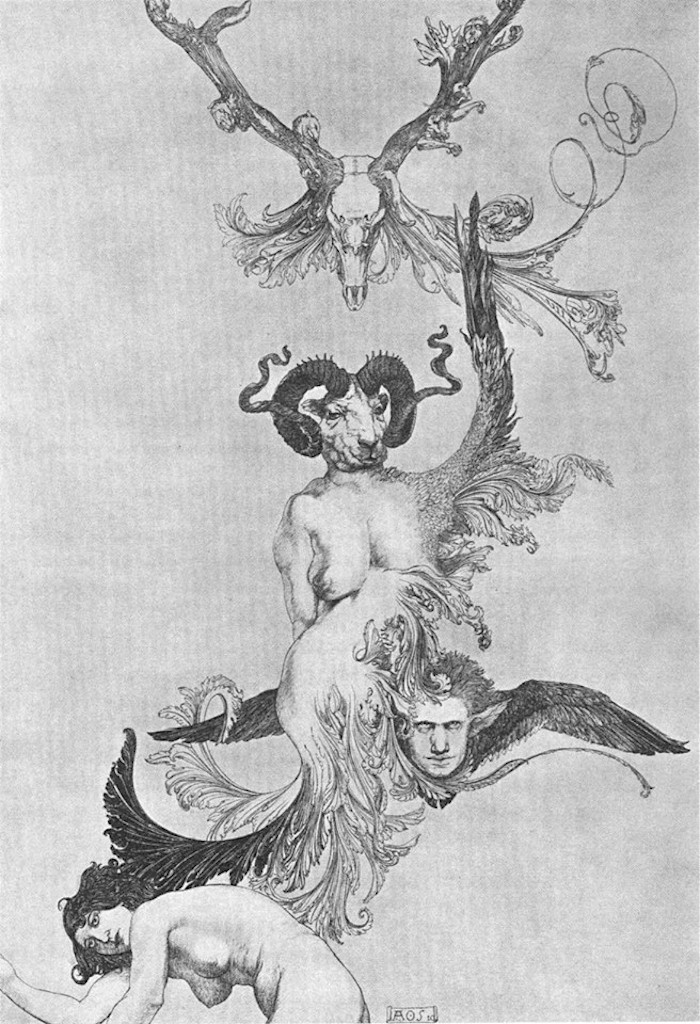
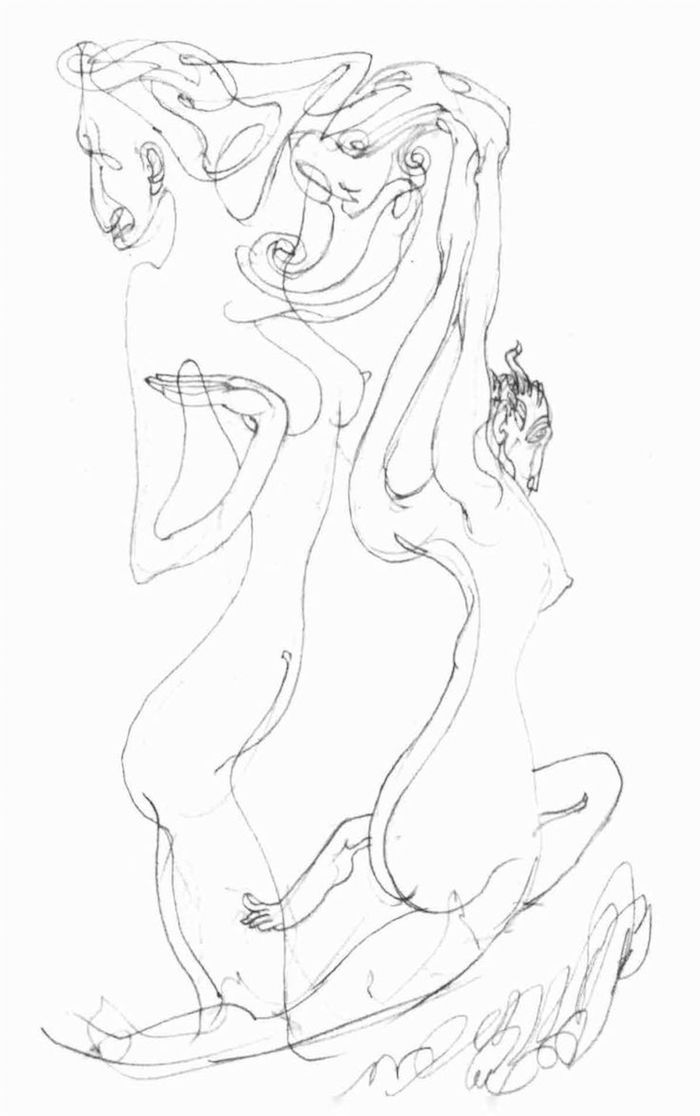
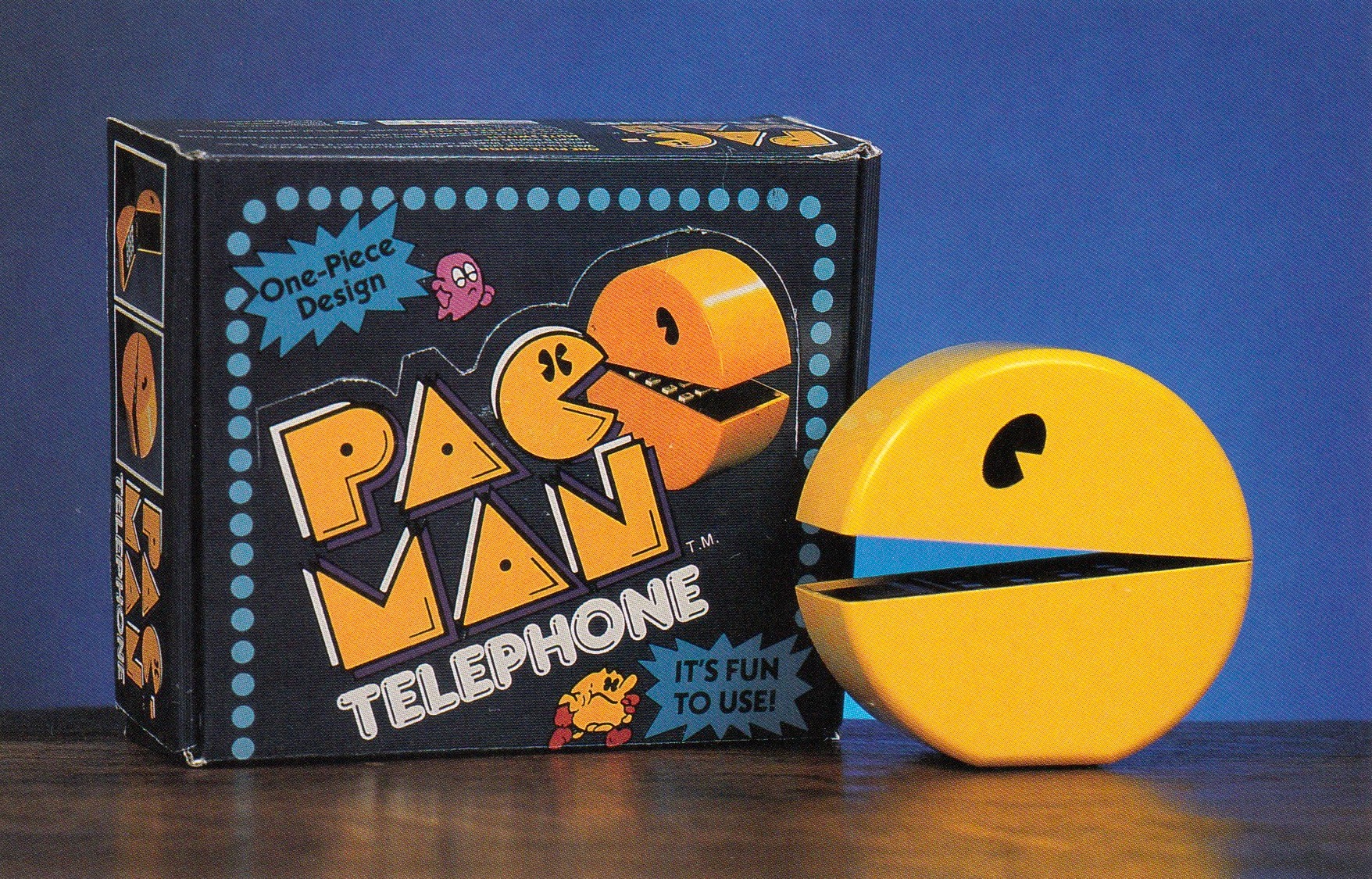
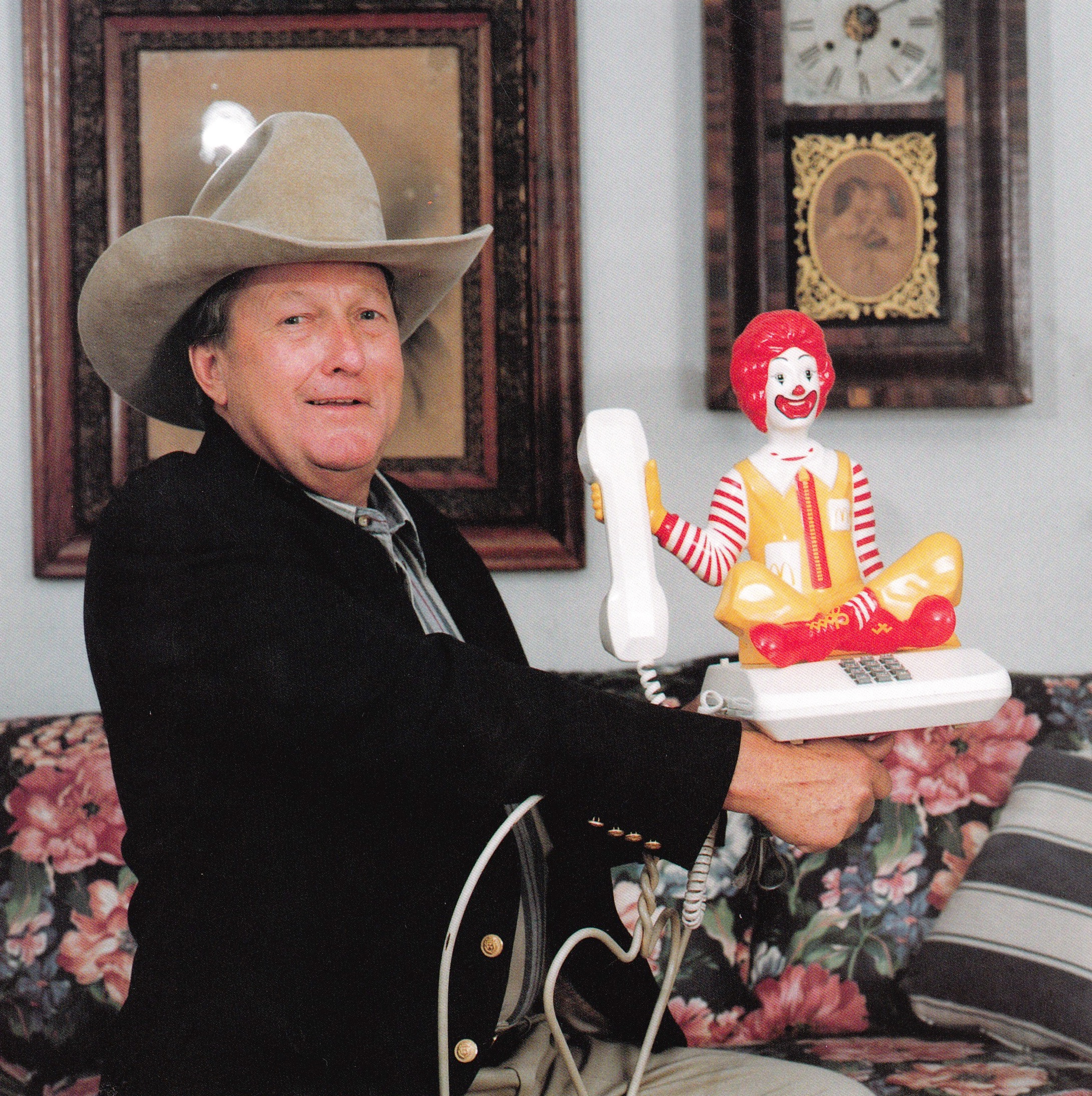

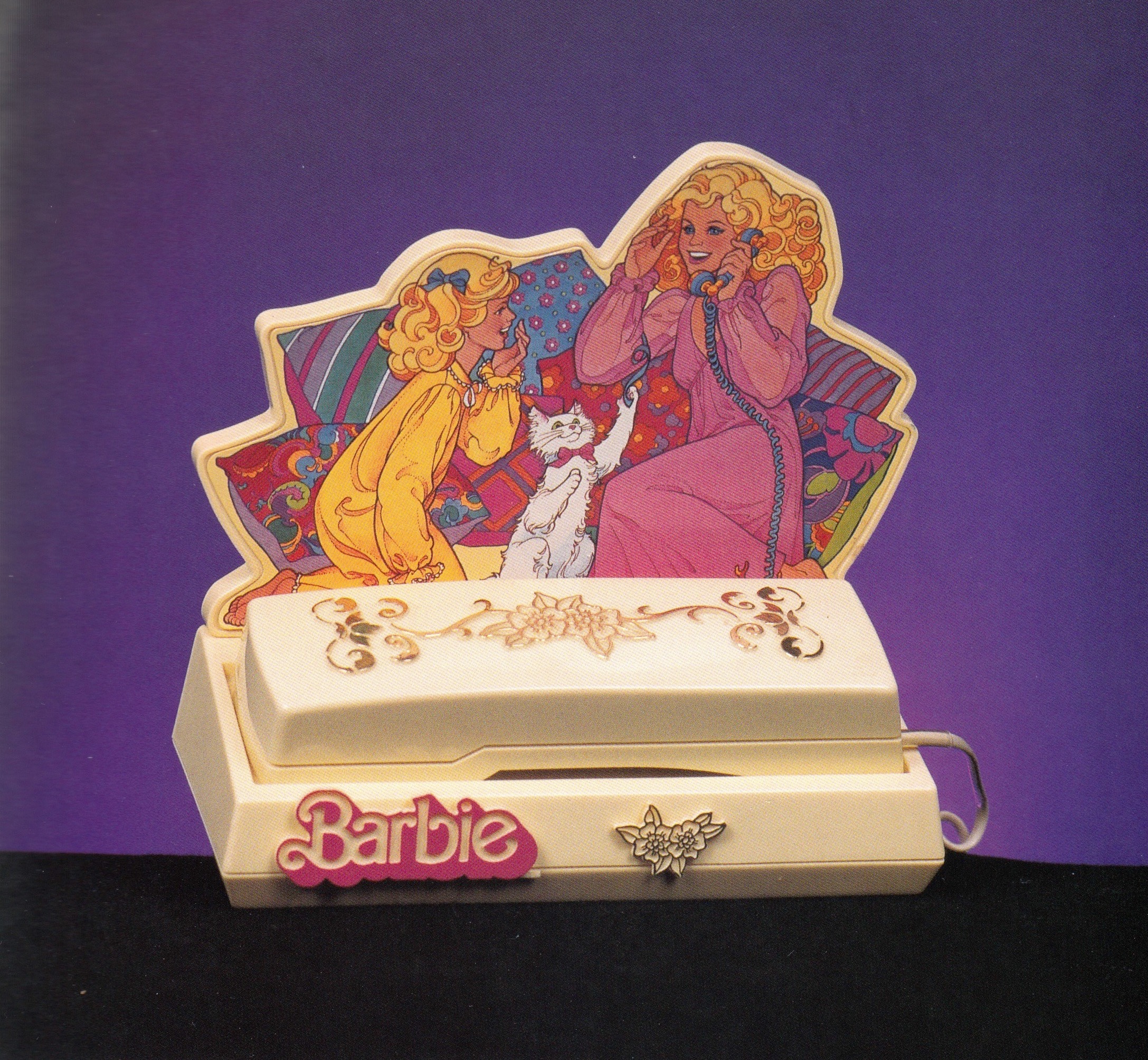
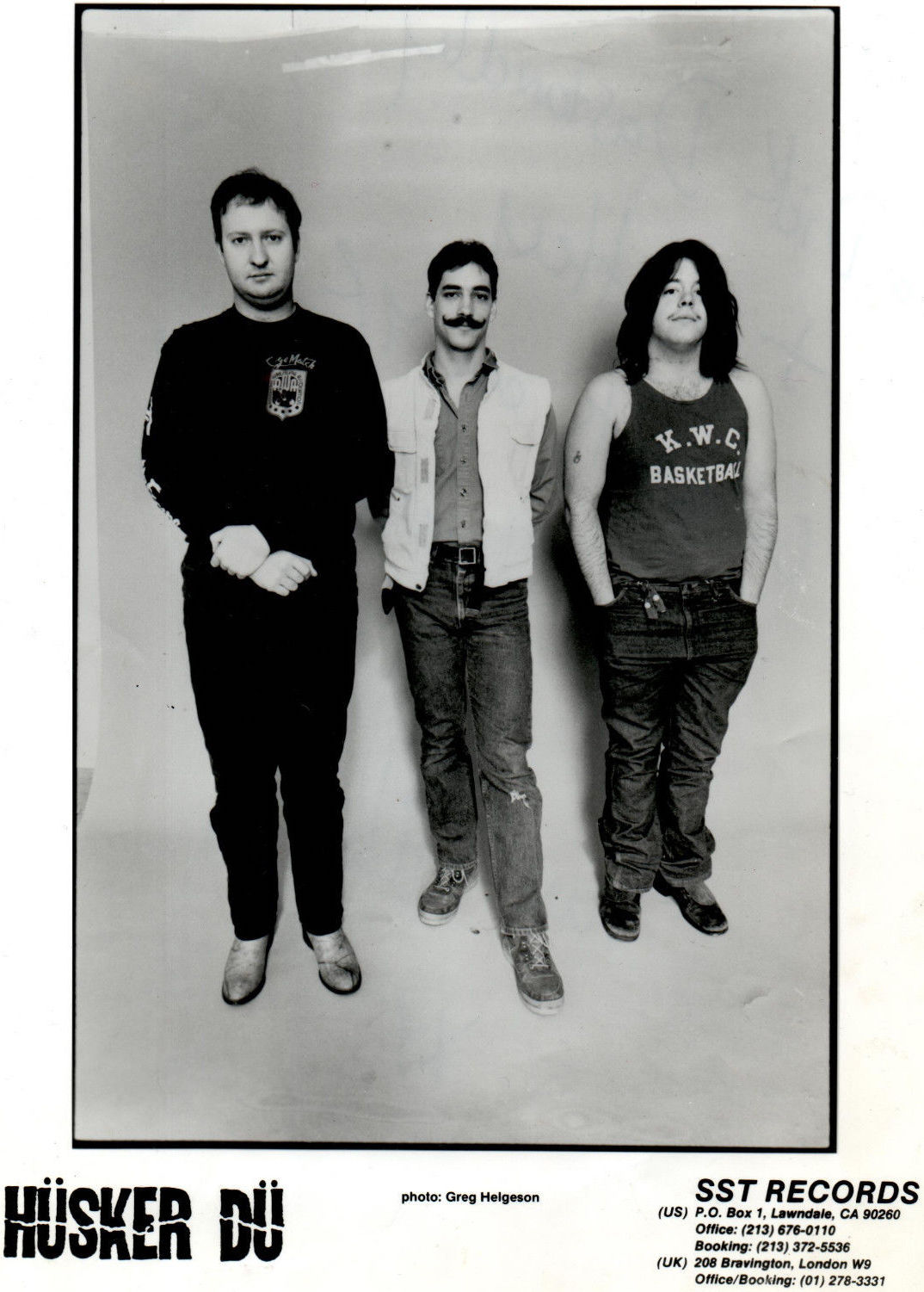
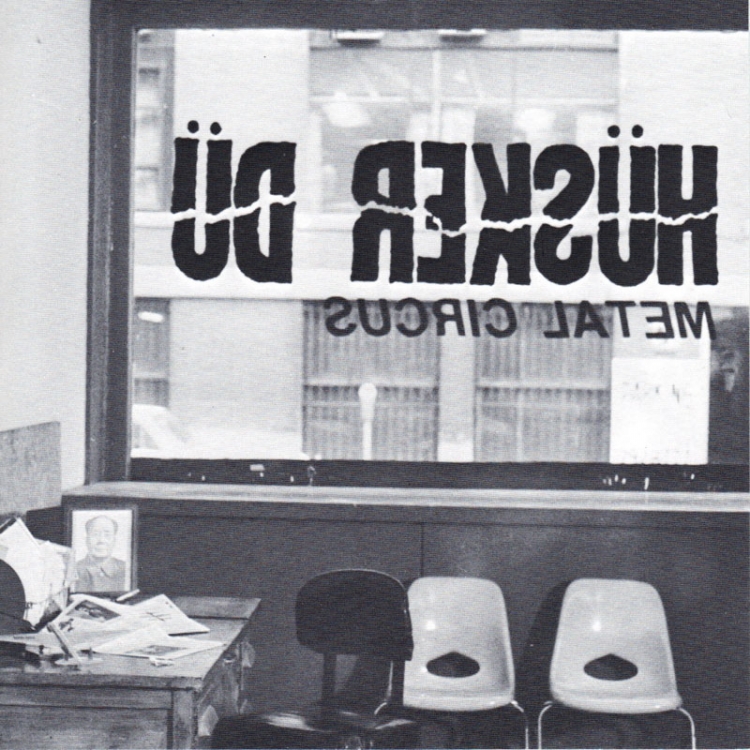


2.jpg)
